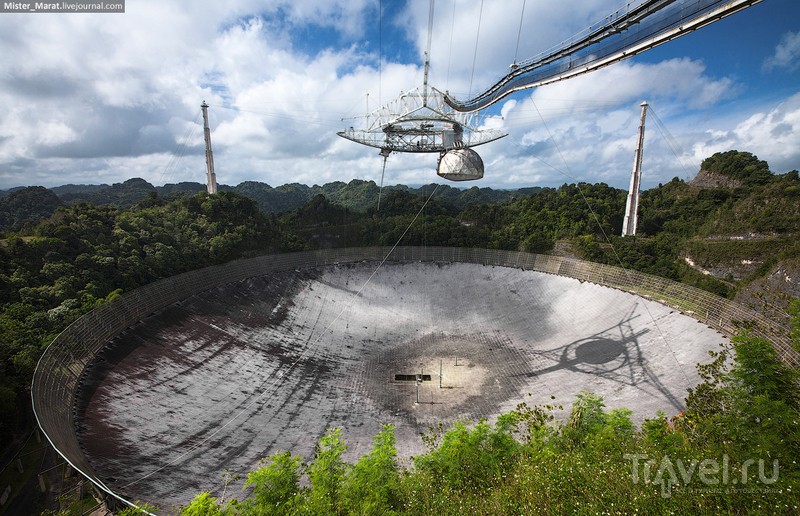
Driving Guide to Puerto Rico for Travelers
Puerto Rico is a beautiful place that has a lot to offer vacationers. As it is a commonwealth of the United States, no passport is required to visit, which can make your vacation easier. All you need to have with you is a driver's license and a thirst for adventure. You can hike through the El Yunque Rainforest, walk through Old San Juan, and visit the San Juan National Historic Site. Beaches, snorkeling and more await.
See the whole island
When you arrive it may be a good idea to rent a car so you can explore as much of the island as possible. Since Puerto Rico is only 100 miles long and 35 miles wide, you can see most of it even in a single day trip if you have a rental car.
Having your own rental car is much more reliable and convenient than using public transport, and also cheaper than constantly using a taxi. Of course, it is important to understand what to expect when you arrive. After all, when it comes to driving in Puerto Rico, there will be some differences from other countries.
Road conditions and safety
Road conditions in Puerto Rico can vary greatly. When you are in the city and in the frequently visited parts of the country, the roads are generally in good condition. They are paved and have a smoother surface with fewer potholes and ruts. In small towns and rural areas, not all roads are paved. These roads tend to have fewer travelers and can be much more uneven, with potholes, ruts and potholes. Even though you shouldn't have any problems with the roads, it's still useful to know how to contact your rental company for help in case of a car breakdown or a flat tire. Most car rental companies have a contact number and an emergency number for out-of-hours support.
Drivers in Puerto Rico have a reputation for being aggressive and this can make the roads dangerous. You need to pay attention to the actions of other drivers who are going faster than they should. They tend to be impolite, cut off other cars, stop in front of you, and stop without warning. Once you're out of town, the roads are easier to navigate simply because there's less traffic.
Introduction to signage
Many signs in Puerto Rico are written in Spanish, which can make it difficult for drivers not familiar with the language to understand. In addition, city names on signs can change from one sign to the next, sometimes making it difficult to find your destination.
Fees
In Puerto Rico, you will find several tolls. Below are some of the most common tolls.
- Package - $1.20
- Arecibo — $0.90
- Catapult — $1.70
- Let Vega — $1.20
- Baja Shop - $1.20
- Guaynabo/Fort Buchanan - $1.20
- Bridge to the airport — $2.00
Keep in mind that prices fluctuate, so always check the latest information before leaving for your holiday.
traffic
In cities, traffic tends to be worse and is at its heaviest during certain hours of the day. the busiest times for roads are as follows.
- 6:45AM to 8:45AM
- with 12: 1 to 30: XNUMX
- with 4: 30 to 6: XNUMX
When you are outside of major cities, you don't have to worry so much about traffic. Although the roads can be busy on weekends.
If you love the idea of going to Puerto Rico for your next vacation, it's time to make it a reality! Just remember to rent a car as soon as you arrive.
